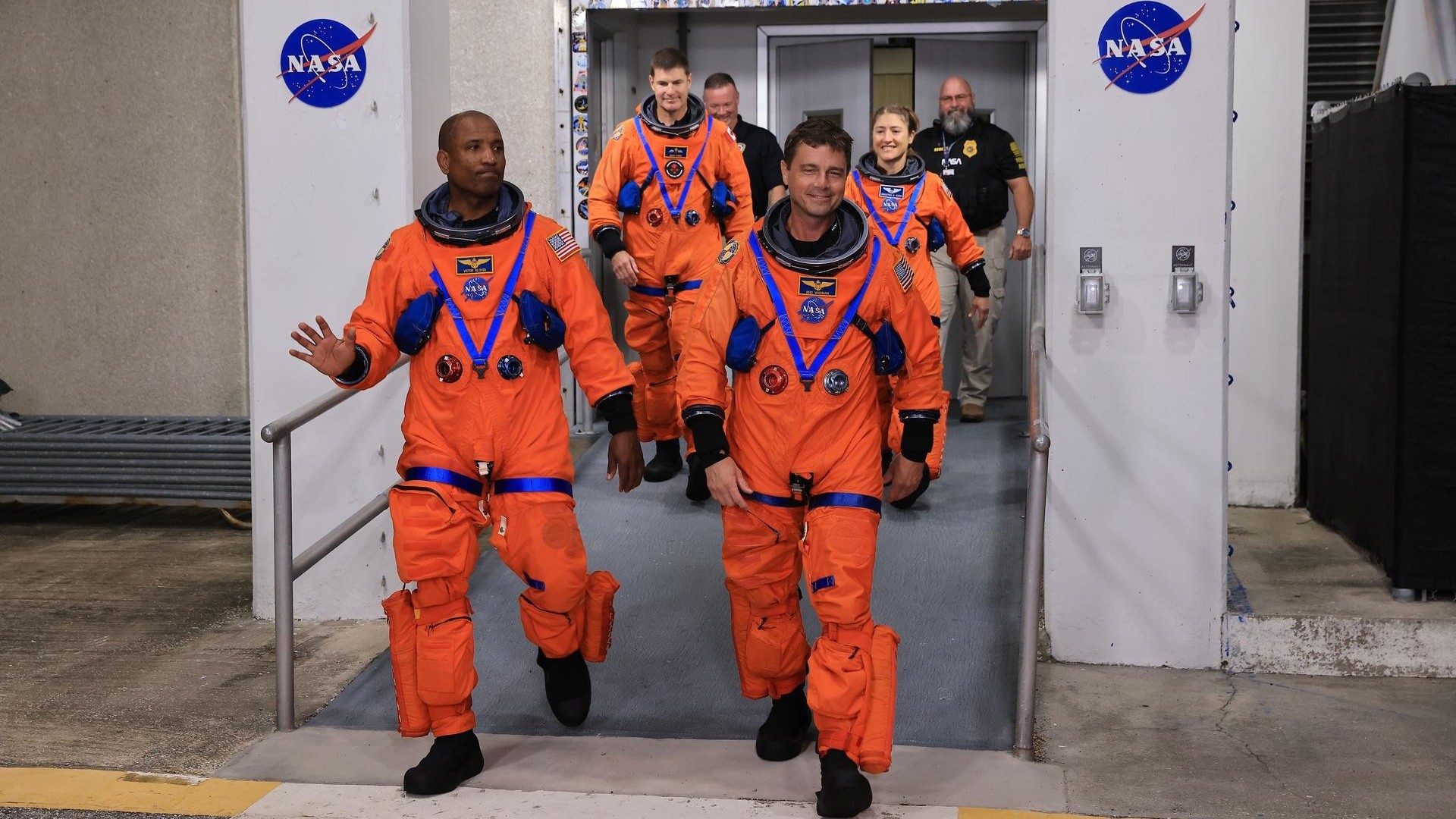Best Skywatching Events of October 2014: Sky Maps (Gallery)
First Quarter Moon, October 2014

The month of October 2014 brings some amazing skywatching sights for observers, including a total lunar eclipse, a partial solar eclipse and a meteor shower to boot. See the most promising sky events in this Space.com gallery brought to you by Starry Night Software. HERE: Wednesday, Oct. 1, 3:33 p.m. EDT. The First Quarter Moon rises around 2:15 p.m. and sets around 12:30 a.m. It dominates the evening sky. This is the first of two First Quarter Moons this month.
Uranus at Opposition, October 2014
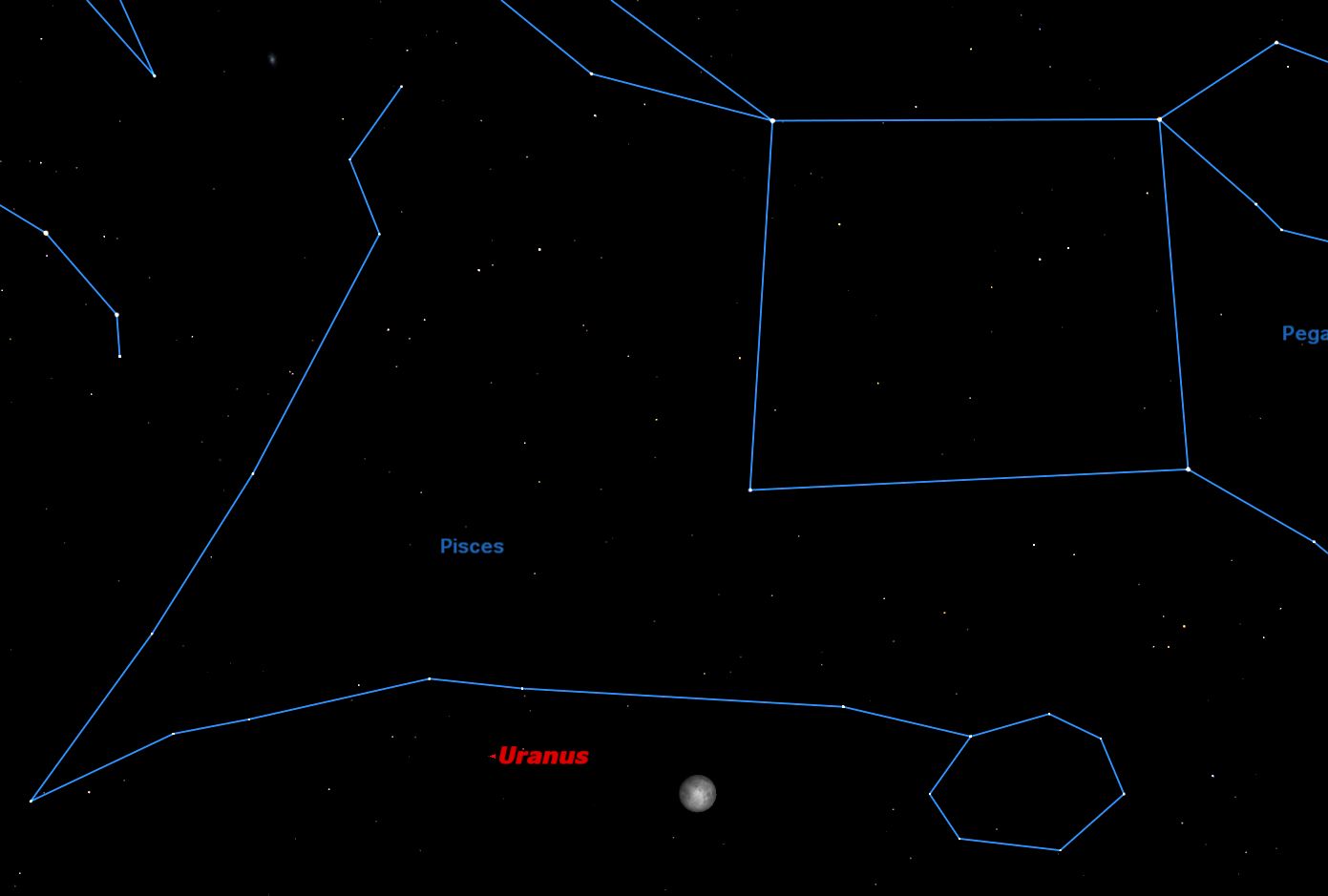
Tuesday, Oct. 7, 5 p.m. EDT. The planet Uranus reaches opposition, located exactly opposite the sun in the sky. It is visible all night. You can locate it by projecting a diagonal of the Square of Pegasus to two stars in Pisces just north of Uranus.
Full Moon, October 2014
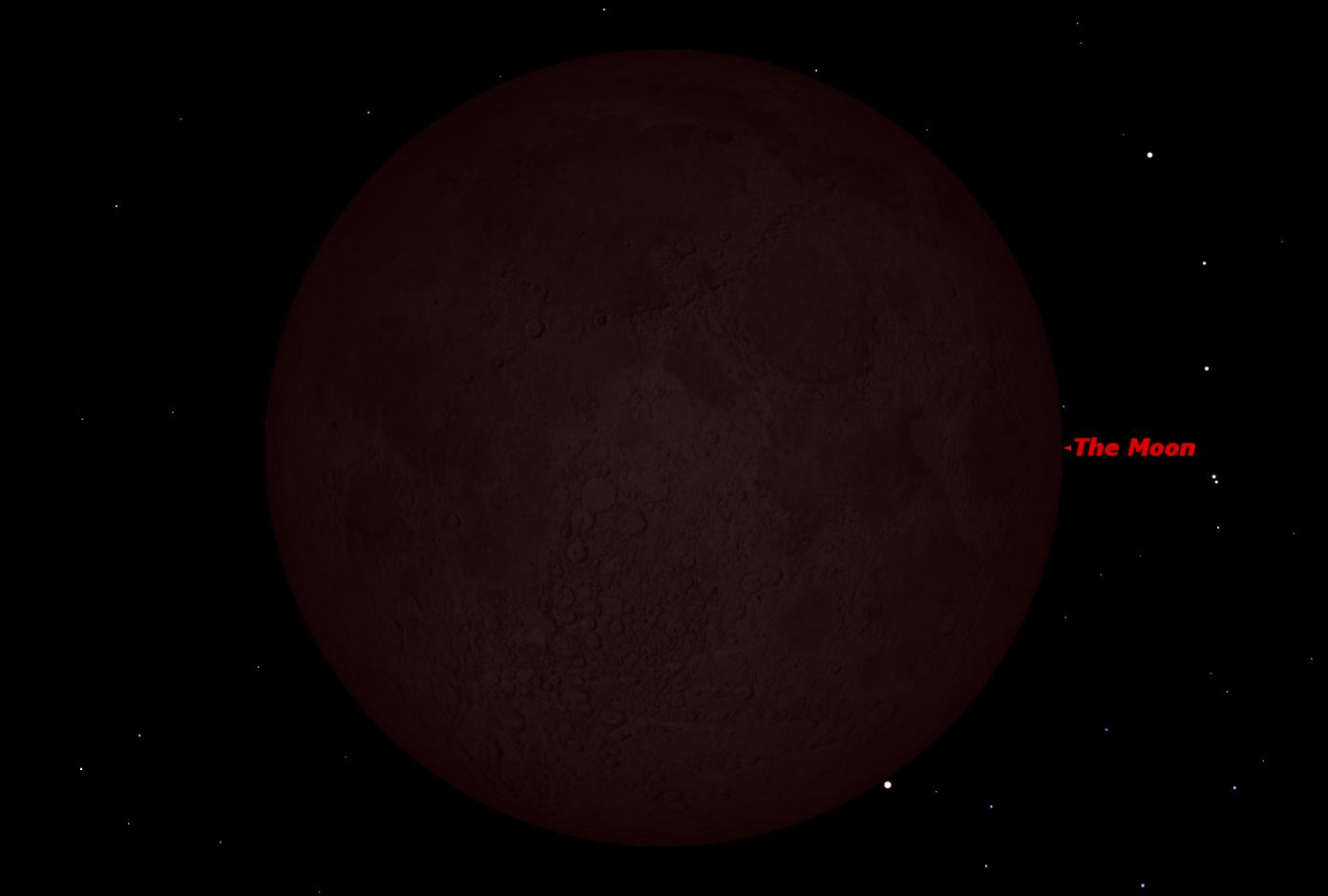
Wednesday, Oct. 8, 5:51 a.m. EDT. Moon following the Harvest Moon; it is also sometimes known as the “Blood Moon” or “Sanguine Moon.” It rises around sunset and sets around sunrise; this is the only night in the month when the moon is in the sky all night long. The rest of the month, the moon spends at least some time in the daytime sky.
Total Eclipse of the Moon, October 2014
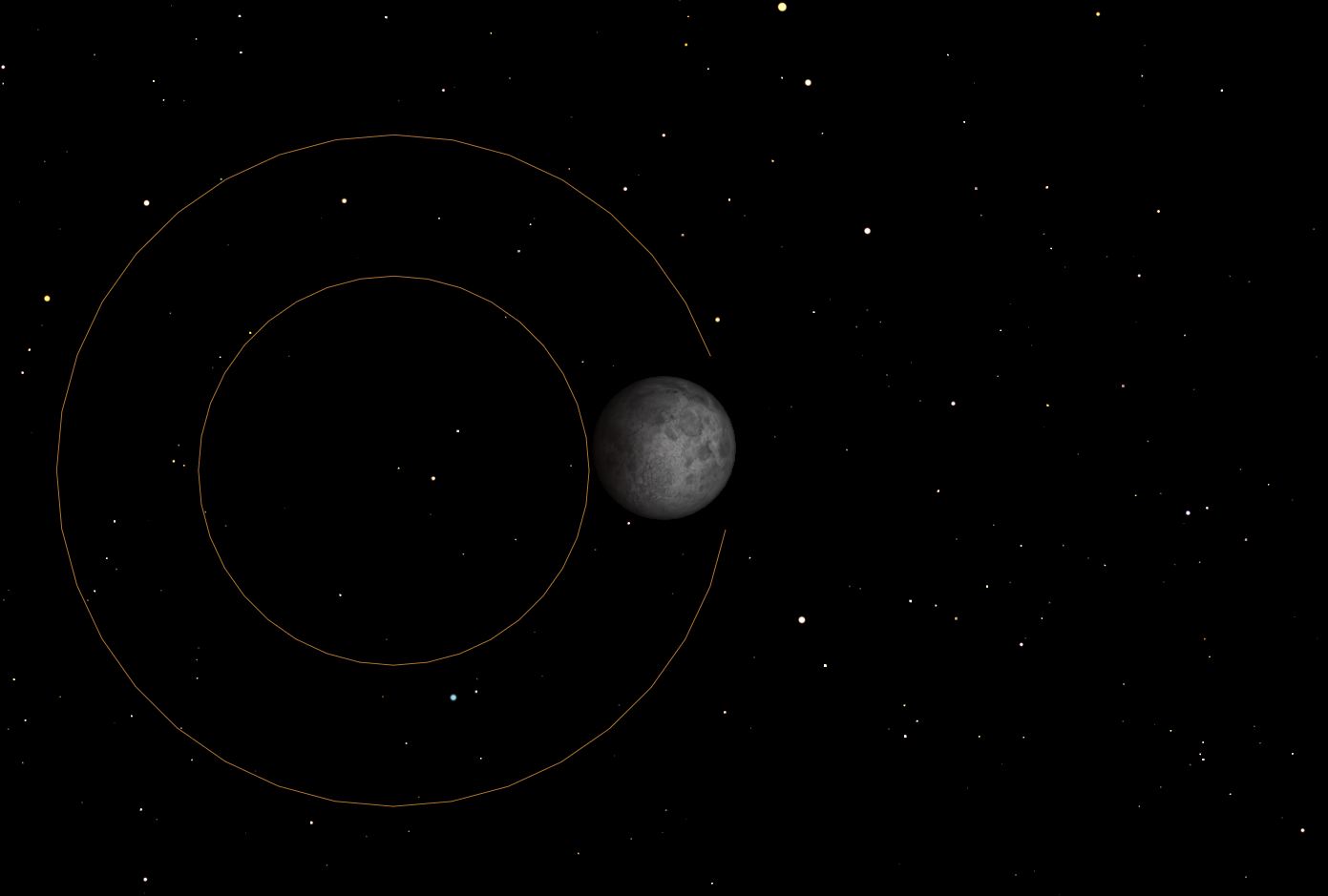
Wednesday, Oct. 8, early morning. This eclipse is visible over much of the world, except for Europe and Africa. It occurs in the early morning in the Americas, and in the early evening in Asia and Australia. As shown here, the moon enters the umbra, the darkest part of the Earth’s shadow, at 5:15 a.m. EDT. Greatest eclipse will be at 6:55 a.m. EDT.
Moon in Conjunction with Uranus, October 2014

Wednesday, Oct. 8, 7 a.m. EDT. In the middle of tonight’s lunar eclipse, the moon will be just north of the planet Uranus. Use the eclipsed moon to locate Uranus with binoculars.
Moon in Conjunction with Aldebaran, October 2014

Sunday, Oct. 12, 6 a.m. EDT. The moon will pass just to the north of the bright red giant star Aldebaran, located in the Hyades star cluster.
Last Quarter Moon, October 2014
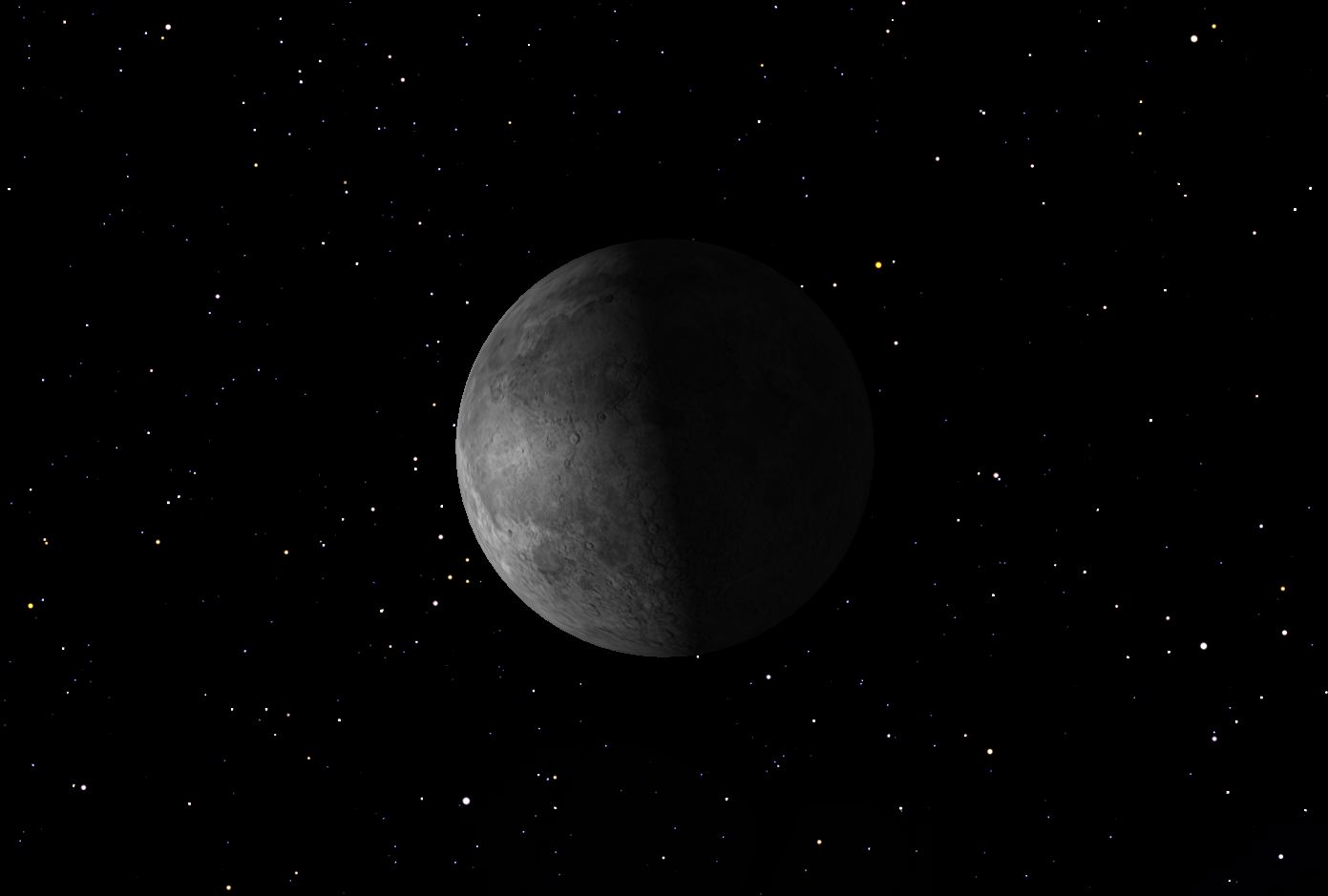
Wednesday, Oct. 15, 3:12 p.m. EDT. The Last Quarter Moon rises around 11:30 p.m. and sets around 2:15 p.m. It is most easily seen just after sunrise in the southern sky.
Breaking space news, the latest updates on rocket launches, skywatching events and more!
New Moon, October 2014

The moon is not visible on the date of New Moon because it is too close to the sun, but can be seen low in the east as a narrow crescent a morning or two before, just before sunrise. It is visible low in the west an evening or two after New Moon.
Partial Eclipse of the Sun, October 2014
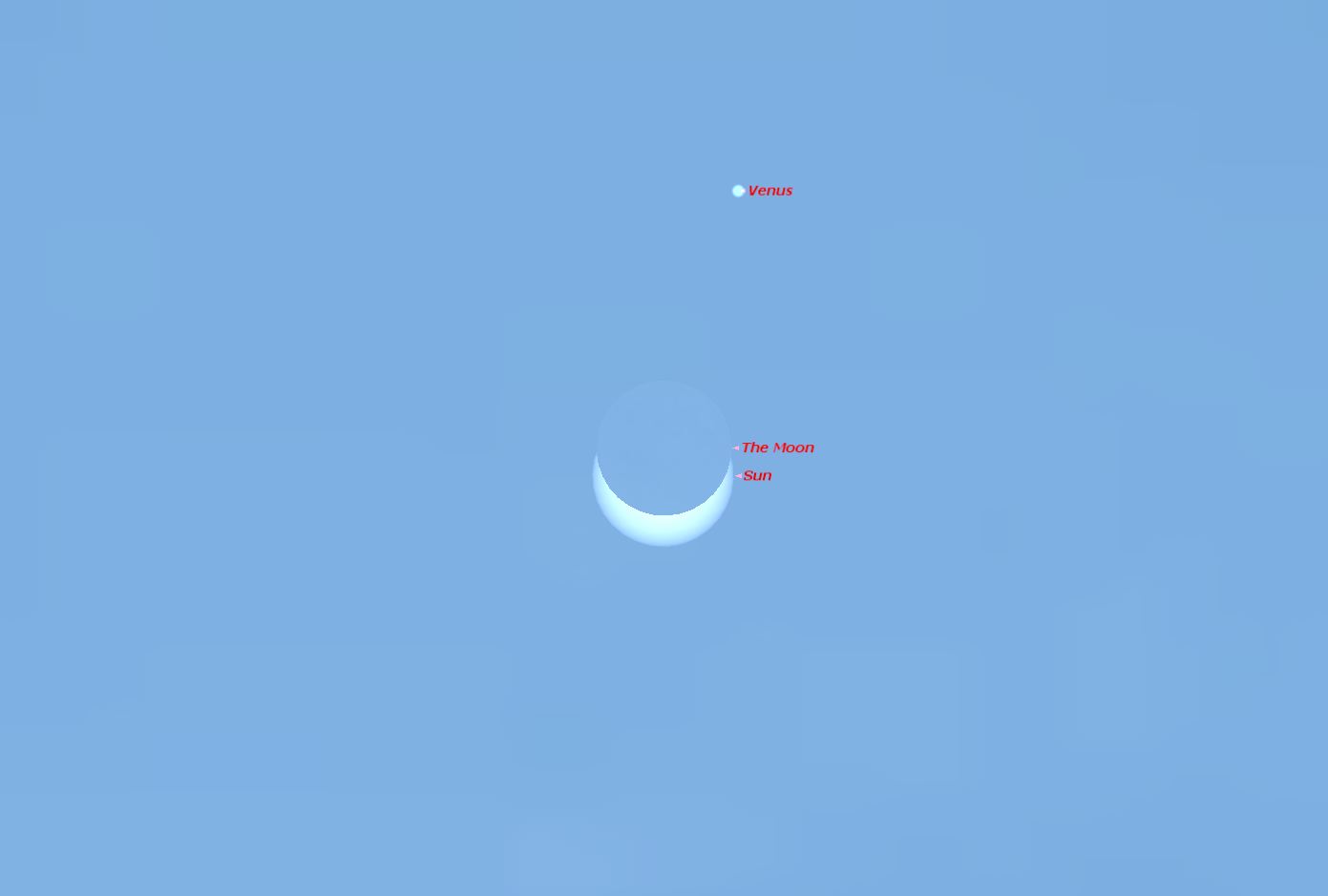
Thursday, Oct. 23, afternoon. This partial solar eclipse will be visible in most of North America and eastern Siberia. The sun will be covered to the greatest extent at sunset from the Canadian arctic to the American Midwest. It is shown here as seen from Yellowknife NWT. Partial solar eclipses are particularly dangerous if viewed without adequate protection, so use a special solar filter (“eclipse glasses”) to look at it.
Saturn and the Moon, October 2014

Saturday, Oct. 25, evening. The moon passes just north of Saturn in the constellation Libra. Viewers in central Europe will see the moon occult Saturn, as shown here from Vienna, Austria at 6:30 p.m.
Second First Quarter Moon, October 2014

Thursday, Oct. 30, 10:48 p.m. EDT. The First Quarter Moon rises around 1:45 p.m. and sets around 12:30 a.m. It dominates the evening sky. This is the second of two First Quarter Moons this month.
Join our Space Forums to keep talking space on the latest missions, night sky and more! And if you have a news tip, correction or comment, let us know at: community@space.com.

Geoff Gaherty was Space.com's Night Sky columnist and in partnership with Starry Night software and a dedicated amateur astronomer who sought to share the wonders of the night sky with the world. Based in Canada, Geoff studied mathematics and physics at McGill University and earned a Ph.D. in anthropology from the University of Toronto, all while pursuing a passion for the night sky and serving as an astronomy communicator. He credited a partial solar eclipse observed in 1946 (at age 5) and his 1957 sighting of the Comet Arend-Roland as a teenager for sparking his interest in amateur astronomy. In 2008, Geoff won the Chant Medal from the Royal Astronomical Society of Canada, an award given to a Canadian amateur astronomer in recognition of their lifetime achievements. Sadly, Geoff passed away July 7, 2016 due to complications from a kidney transplant, but his legacy continues at Starry Night.
